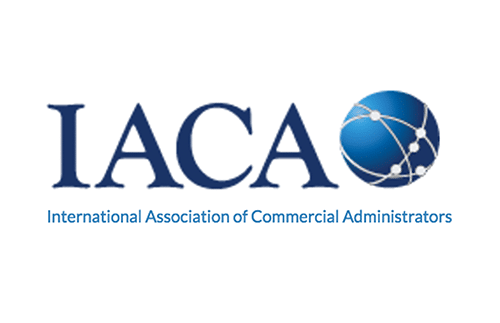They’re running for the doors in droves, it seems. Over the next several years, a huge number of government IT professionals will leave their jobs, and CIOs are deeply concerned. One technology that may lessen the blow? Government workflow automation.
In April, Governing.com published a story with the ominous title, CIOs Fear Mass Exodus of Government IT Workers. Based on what they had to say, “ominous” and “exodus” aren’t overly strong terms for what’s in store.
States like New York and Maine are expecting a “looming staff crisis,” as New York’s CIO put it. Her own agency expects to lose 25% of its IT workforce to retirement, let alone other attrition. In Main, they’re predicting 24% of its IT staff is eligible to retire in the next two years.
The problem isn’t simply the fact these workers are leaving, but that it’s very difficult for governments to replace them:
A National Association of State Chief Information Officers (NASCIO) report last year found that 40 percent of states expect that between 11 and 20 percent of their workers will be eligible to retire in the next year, while 86 percent found it challenging to recruit new workers to fill vacant IT positions. CIOs also cited a lack of funding for training as one of the top three impediments to developing, supporting and maintaining IT services, according to the survey.
An obvious contributor to the problem is just how in-demand qualified IT workers and graduates are in the private sector. Competition for hires drives up starting salaries and benefits, making it even more difficult for cash-strapped public sector agencies and operations to lure in candidates.
IT traditionalists once dissed SaaS for government
Government workflow automation, using an SaaS platform, provides efficiency and acceleration for public service processes, of course. It also contributes cost and resource savings, and a raft of other benefits. Another of the traditional strengths (and selling points) of the most up-to-date SaaS solutions?
It’s the fact they can be adopted, deployed, integrated, learned and operated with a minimal amount of IT involvement.
Years ago, proponents of traditional platforms and IT infrastructures tried, very assertively, to plant fears about the dangers of unleashing SaaS on government operations. Like the writer of this doom-and-gloom warning…who also happened to be the VP of an IT management software company.
Agile, customer-centric SaaS providers were able to brush any scare tactics aside very quickly. How? One way was by simply collaborating with customers in coming up with solutions that worked for them, and iteratively improving those tools and platforms. Governments have found how moving to a SaaS platform reduces the management burden on IT, improves access and scalability, cuts costs, and can actually increase security.
No wonder the size of the government Cloud market was valued at $14 billion back in 2016 and was predicted to grow at a blazing CAGR of 13.4% through 2022. The growth of digital content, multipoint access, and the need to have systems in place that ease compliance are part of what’s made that growth so explosive.
Where does government workflow automation come in..?
By minimizing the need for IT engagement, SaaS solutions such as government workflow automation platforms eliminate the need for IT support – and IT staffing to maintain old-school, on-premise architectures. That reduces some of the pressure to replace departing IT workers.
“Plug-and-play” and “seamless integration” have a nice ring to them if you’re a CIO faced with trying to wring as much value as possible out of legacy systems. The time-to-market advantages of SaaS are another reason governments can run faster and leaner when it comes to IT staffing. Much more so than if they were trying to get a project to the finish line using an on-premise application.
SaaS workflow automation platforms that supply that seamless integration are extending the effective lifespan of those legacy systems, but are also unifying platforms and processes across entire organizations in ways that were previously impossible with inflexible on-premise systems.
SaaS solutions like workflow automation may actually help with IT recruitment.
It also delivers benefits to government IT by empowering them to focus time and resources on developing custom applications and solutions, rather than on upkeep of infrastructures. That may actually help with IT recruitment: If you’re able to promise developers and engineers they’ll be doing innovation, not custodial work, you’re pitching them a far more attractive a job proposition.
The challenges of replacing a disappearing IT workforce won’t ever be entirely and completely solved by a single SaaS platform. Making workflow automation a part of their adoption path moving forward, though, can help CIOs set themselves up to do a better job of managing the IT talent exodus when it does hit, though.













